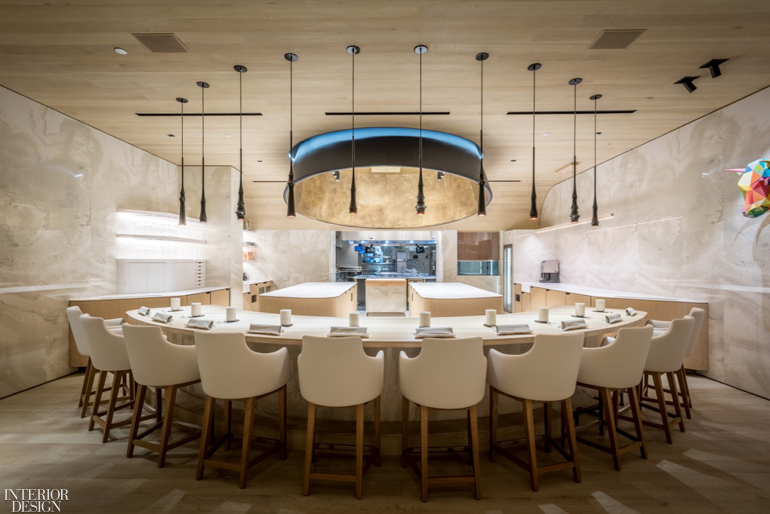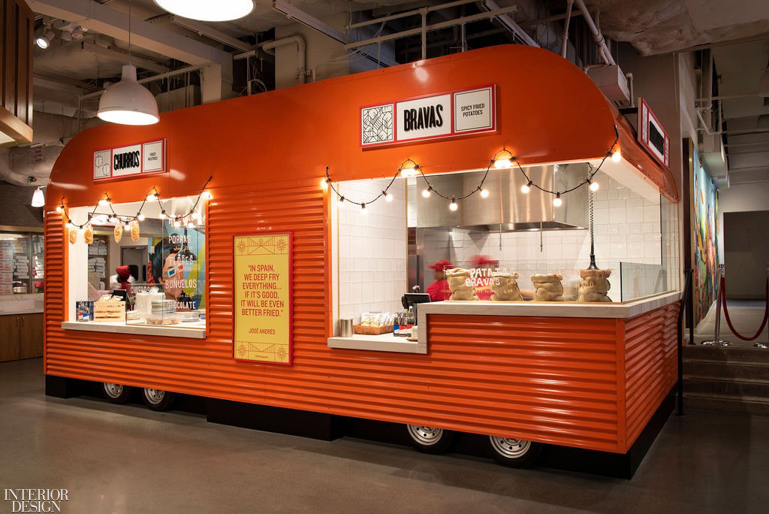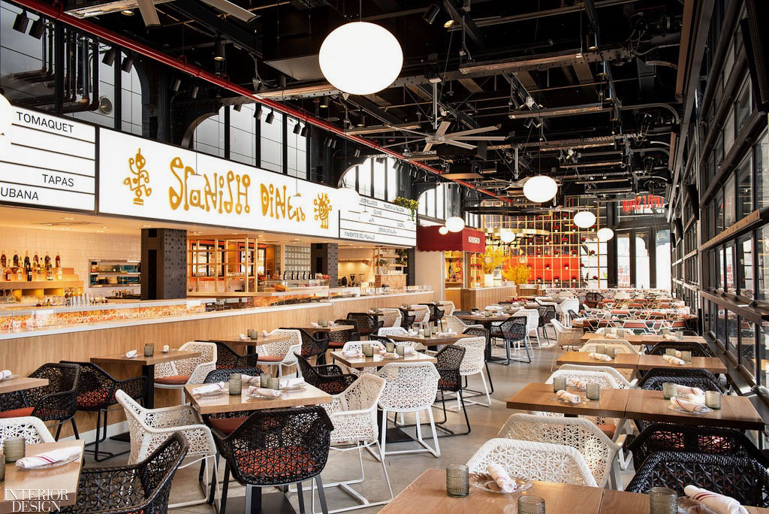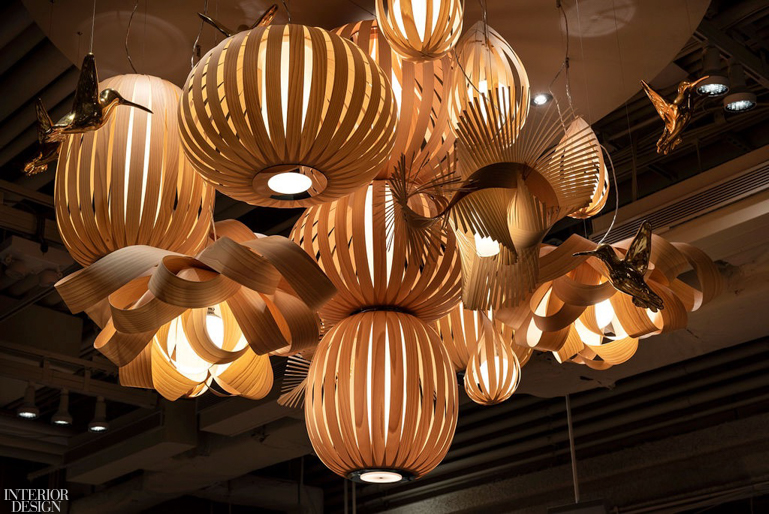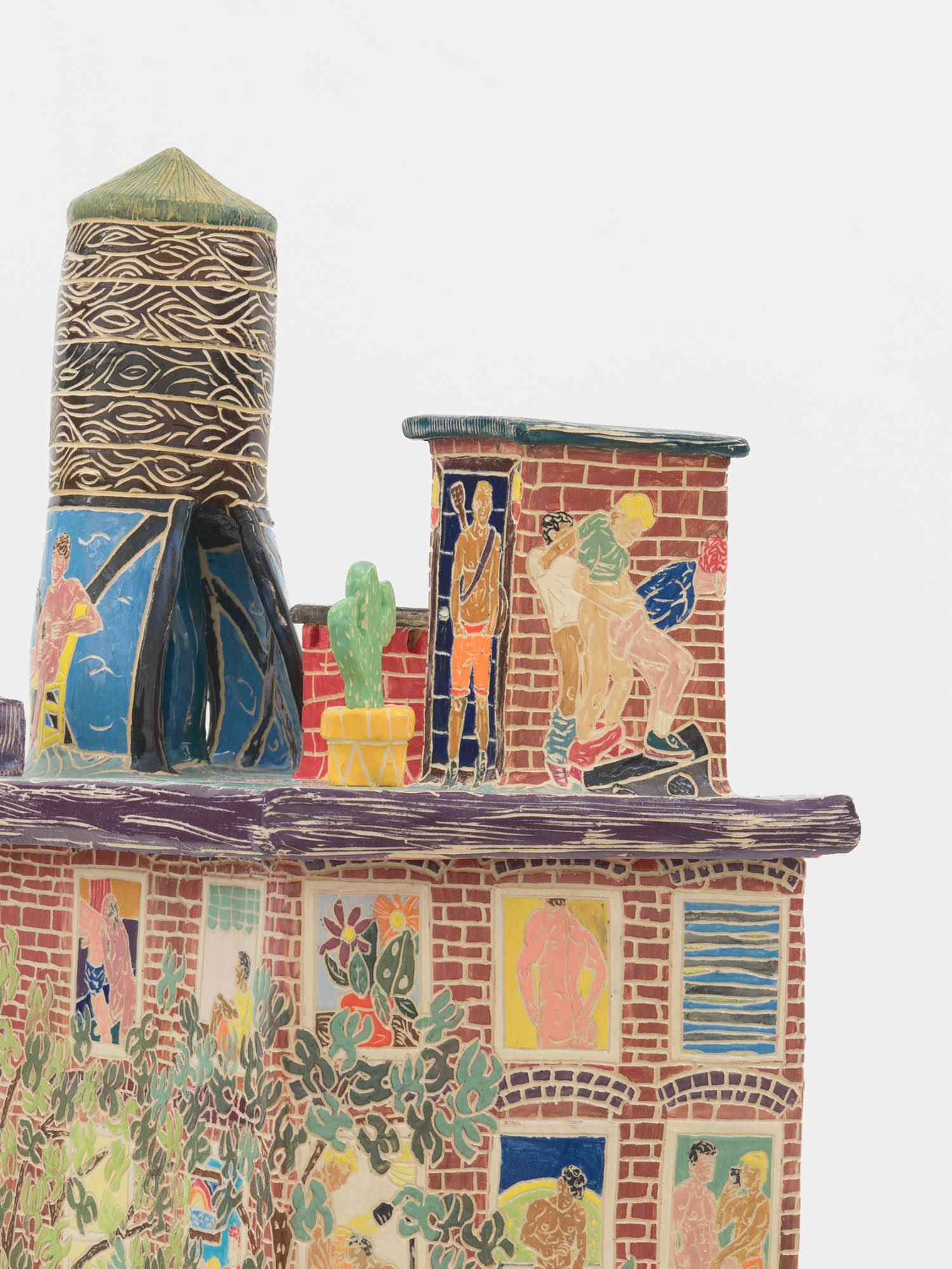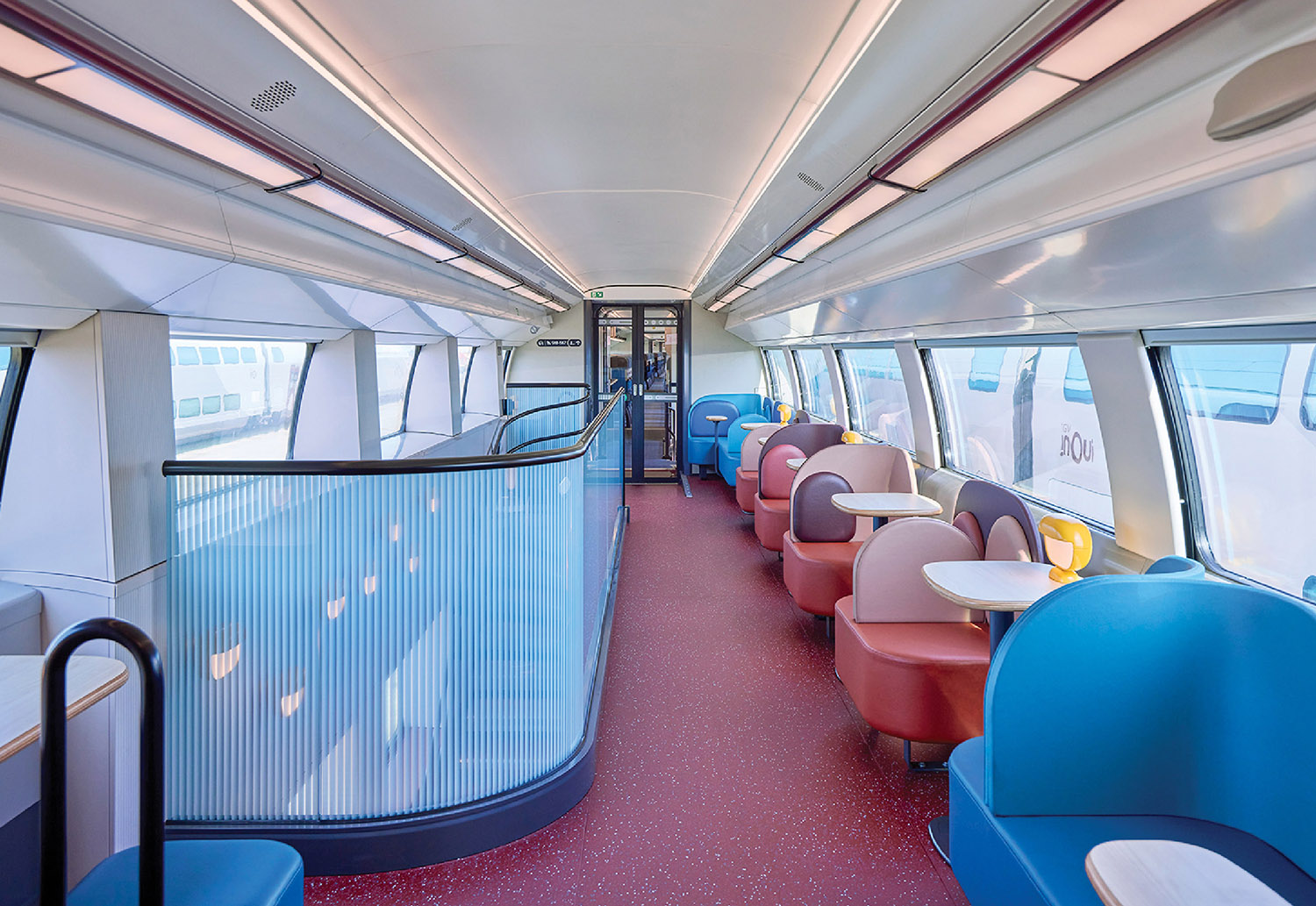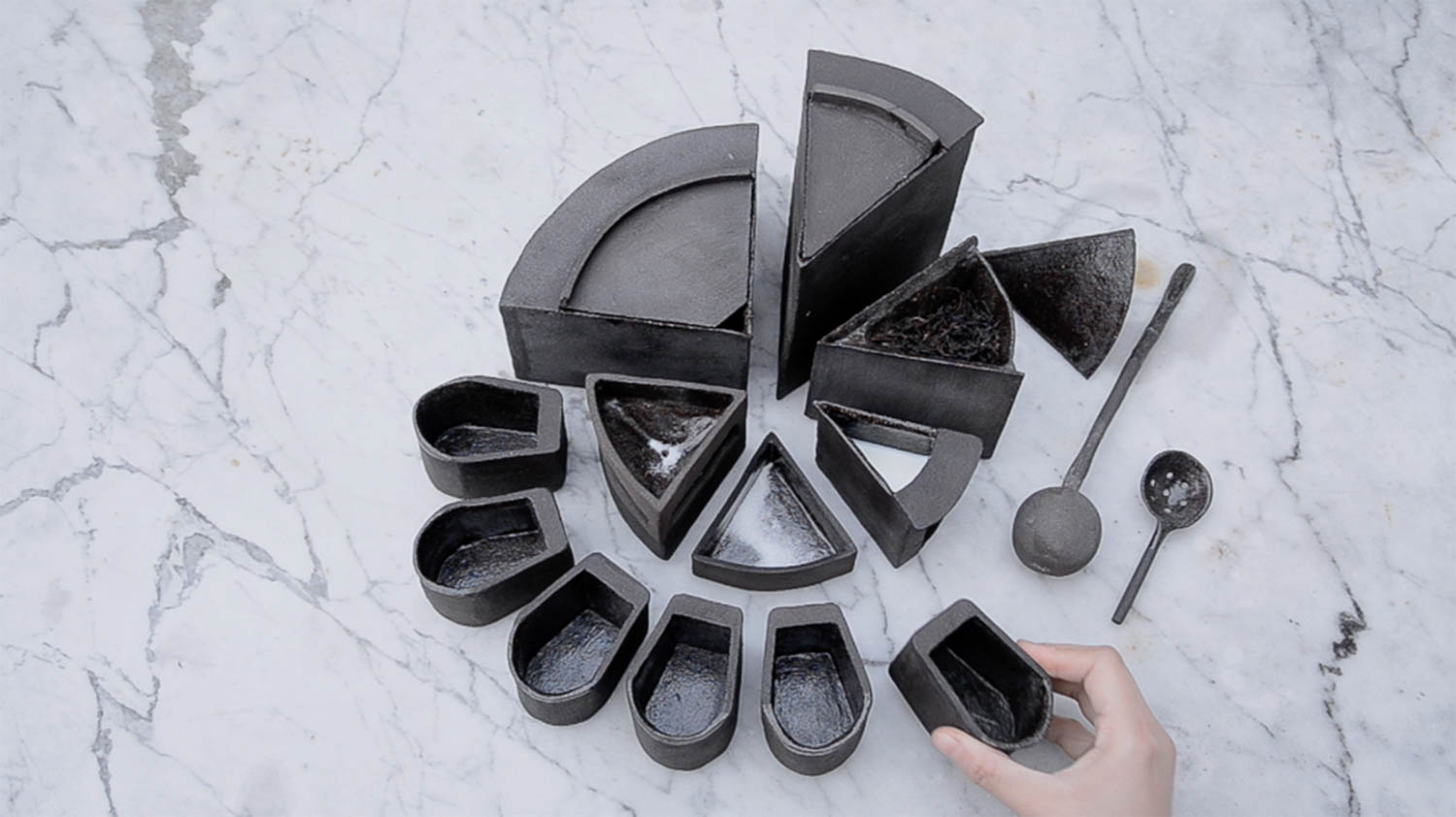10 Questions With… Juli Capella

 Juli Capella once tried to imitate “a more international style”—before quickly realizing his mistake. “I must design just as I am—maximalist, Barcelonan, and passionate,” reveals the Barcelona born and bred architect and co-founder of Capella Garcia Arquitectura. Then the global projects started pouring in. Over an illustrious career, Capella has continually proved “the most local is the most international”—that’s quoting Catalan writer Josep Pla—with hospitality and retail projects as far flung as Mexico and the Bahamas.
Juli Capella once tried to imitate “a more international style”—before quickly realizing his mistake. “I must design just as I am—maximalist, Barcelonan, and passionate,” reveals the Barcelona born and bred architect and co-founder of Capella Garcia Arquitectura. Then the global projects started pouring in. Over an illustrious career, Capella has continually proved “the most local is the most international”—that’s quoting Catalan writer Josep Pla—with hospitality and retail projects as far flung as Mexico and the Bahamas.
Most recently, alongside innovation studio Icrave, Capella has wrapped up the 35,000-square-foot Mercado Little Spain at New York’s 10 Hudson Yards. The sprawling culinary tribute to tapas king and celebrity chef José Andrés consists of three full-service restaurants, 15 dining and retail kiosks, and two dedicated bars. Just as with the food, the interior—bursting with artwork, custom murals, materials, and furnishings—presents a taste of Spain to a New York audience.
Mercado Little Spain is not the first Capella-Andrés collaboration. The duo has also teamed up on the Jaleo chain of Spanish small plate restaurants that now includes Disney Springs, at the Walt Disney World Resort in Lake Buena Vista, Florida. Capella sat down with Interior Design to reveal more about his new hospitality outposts, the unexpected way he landed (and was paid for) his first humble commission, and the pet dwelling he has yet to design.
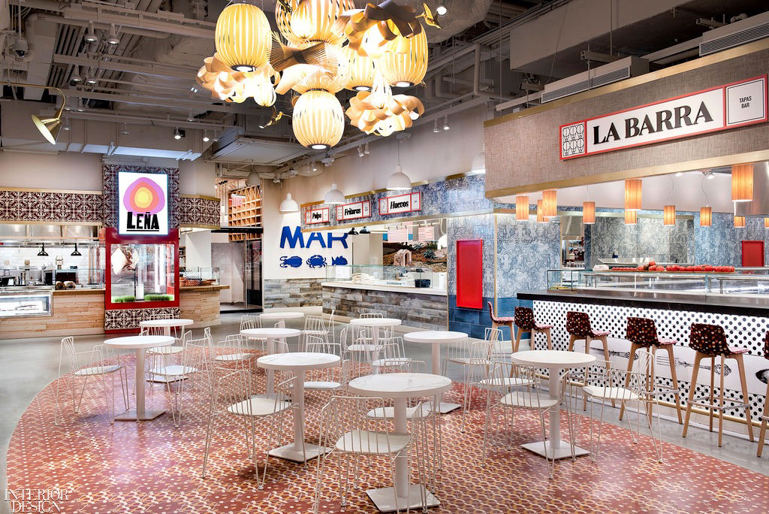
Interior Design: So there’s nothing little about Mercado Little Spain. What draws together your overall design concept?
Juli Capella: Mercado Little Spain is a genuine piece of Spain in the heart of Manhattan. The space’s vibrant feeling is very representative of chef José André’s vision and playful personality. We want guests to immerse themselves in the true Spanish way of life and experience the best of our country—eating and living as it is done in Spain. Therefore the design is based on three conceptual inspirations from Spain: the typical markets (mercado) with fresh food; the villages with narrow streets; and the main squares, where people meet to celebrate and eat. That means the paella is cooked the real way, over a wood fire, sidra [a Spanish hard cider] is poured from traditional cider barrels, and even the napkins are from tapas bars in Spain! Art by Javier Mariscal, Sergio Mora, and Mikel Urmeneta further evoke the feeling of the Spanish soul. Furnishings add to the touch of fun and life. In the main square, for example, there’s a chandelier called Candelabro from LZF Lamps. It’s made of thin, very flexible strips of beech wood from Valencia and full of small birds flying here and there.
ID: What materials dominate?
JC: Materials at Mercado Little Spain are inspired directly by the colors and textures present in Spanish food and culture. Maybe the most important material is the ceramic floor tile in the main square. People might not know that Spain is the second largest producer of tiles in the world—after Italy. The Mediterranean coastline is full of factories producing excellent tile in quantity. This particular tile is a typical concrete hydraulic tile, very characteristic of Spanish cities, handmade using traditional molds and methods without an oven and dried in the sun. People love this kind of tile, as it has a more domestic look and ages naturally, like wood. The colorful motif represents the confetti that collects on the ground after a party. The other material very present is Silestone, which is stone mixed with glues and polymers from Spanish company Cosentino. Maybe 30 percent of the countertops for kitchen and bars around the world are now made with Silestone. Most people do not know that.

ID: You also had another project debut recently, Jaleo at Disney Springs. Can you tell us a little about your design there?
JC: The architecture is inspired by the bold, playful nature of Spain. It features petals that organically open up—in denial to the closed, conventional square facade—inviting guests to enter, as a manifesto of celebration. Large overhangs provide protection from the sun and at the same time allow a view that is inside-out, outside-in. The petals are a metallic bronze color.

ID: We noticed a large-scale photo of a bullfighter.
JC: We couldn’t find exactly what we wanted, so we held our own photo shoot. It’s a matador wearing his embellished jacket—called ‘traje de luces’ (‘suit of lights’), as the embroidery and sequins sparkle in the sun in the bullring. It represents a huge welcome to Jaleo underlining the values of bravery, beauty, art, and color.
ID: What’s upcoming for you?
JC: We are working for a new clothing store for soccer club FC Barcelona, which will be on La Rambla in Barcelona. La Rambla is one of the most beautiful streets in the world, where fans come to celebrate the team’s wins. We are also finishing two hotels in Lisbon and one in Budapest for Eurostars Hotels. For these projects we are completing both the architecture and interior design, which gives us greater conceptuality to the project as a whole. I don’t look for huge projects or expensive projects. I prefer to do special ones, with new challenges and new typologies. We undertake the same affection and passion in the design of a dog house as we do with a huge skyscraper. Actually, we haven’t done either yet, but I wouldn’t rule it out!
Read more: 10 Questions With Lyndon Neri and Rossana Hu

ID: In what kind of home do you live?
JC: Barcelona is the place I was born, studied, and got married in—twice. It is the place where I work and live. I live in a typical apartment from the 19th century in Barcelona’s Eixample district, with a small patio with lemon trees, near Antoni Gaudí’s La Pedrera, my favorite building. I have no design, books of mine, or work at home. I keep it as a design-free oasis to disconnect.
ID: How do you think your childhood and formative years influenced your design thinking?
JC: As a child I wanted to be an inventor, but there was no such career in college. So they suggested I study architecture. I then learned almost nothing, but had a good time browsing everything. Design is only learned by designing and committing many mistakes at the beginning. My poor first-time clients! I owe them a lot and beg their forgiveness. When I finished my education as an architect, I had no job, no work, and no clients. I was also very young and spent all my time in bars, drinking with friends. One day one of the owners of these bars asked me, after asking about my profession, ‘Are you able to reform my toilets? Because they are dirty.’ And I said, ‘Of course, of course, I’d love to.’ However, he could not pay me—I said no problem, you can pay me with free drinks! That’s how I began doing bars, restaurants, and nightclubs.
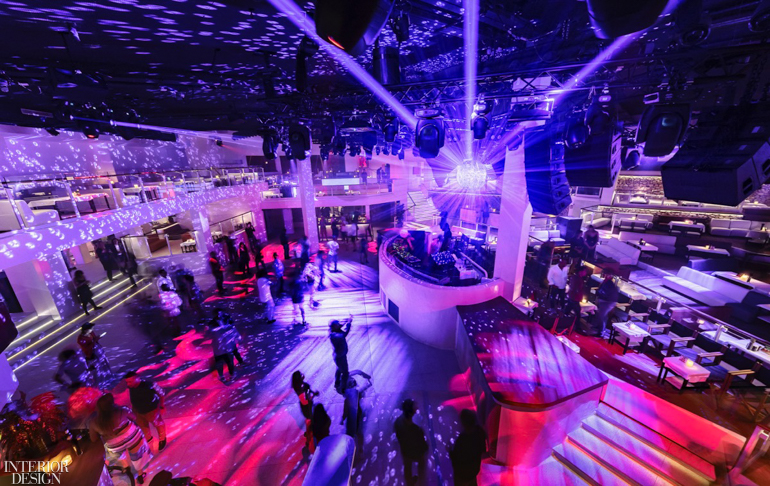
ID: Is there a person in the industry that you particularly admire?
JC: I deeply admire Alberto Alessi for his capacity to understand the future. He’s a friend—I met him several years ago, when I was in in charge of the design section of the Italian magazine Domus. Alessi inherited a coffee maker company from a corner of Italy from his father, but he knew how to project it worldwide. He invited very important architects and designers to participate and design different coffee makers. Together with designer Alessandro Mendini, he set the tone for a new humanistic, personalized design with a 21st-century soul. To have the capacity to transform a factory like that is very clever. He started a revolution, making design affordable to the people.
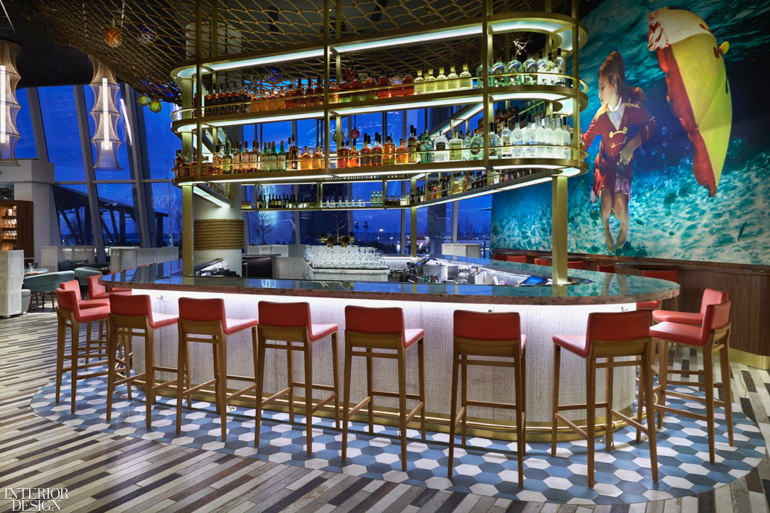
ID: What are you reading?
JC: I’m finishing “4321: A Novel” by Paul Auster. It is a beautiful and multifaceted way of understanding a city (Newark, New Jersey) and a character (protagonist Archie Ferguson). But in reality there can be many cities and many characters. Everything is random in life.
ID: Do you have a secret you can share?
JC: Jaime Tresserra is one of the most refined and high-quality artisans in the world, and perhaps one of the few Spanish creators to have successfully opened a store in New York—a showroom on 58th Street that’s very unique. Each of his pieces is a work of art, and some have appeared in films like Tim Burton’s “Batman.”
Read more: 10 Questions With…Kelly Wearstler
Keep scrolling for more images of projects by Juli Capella >
